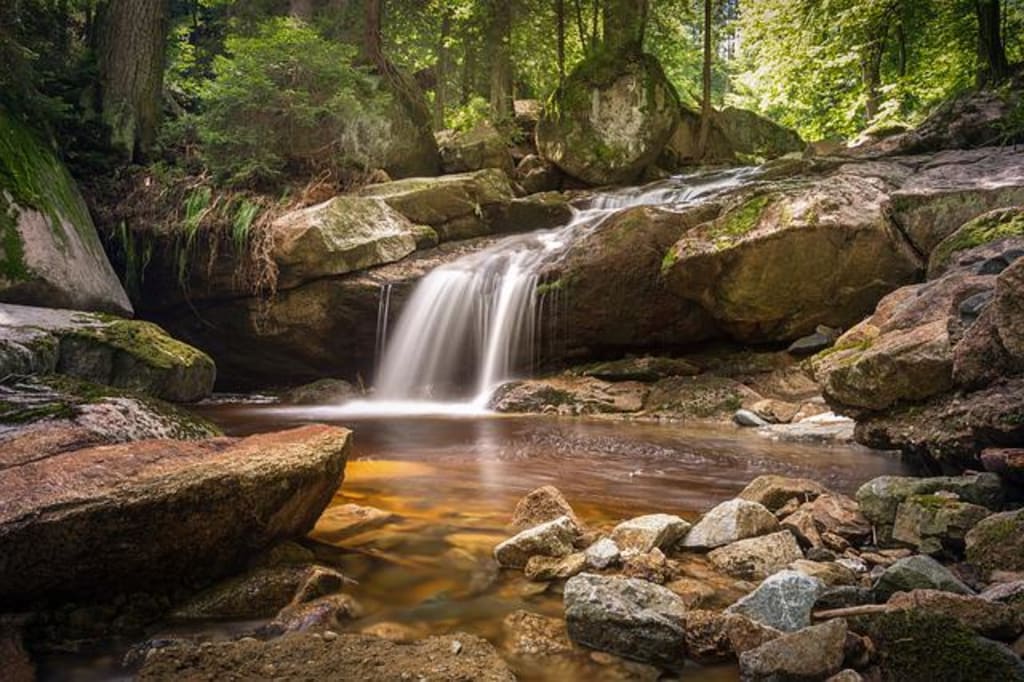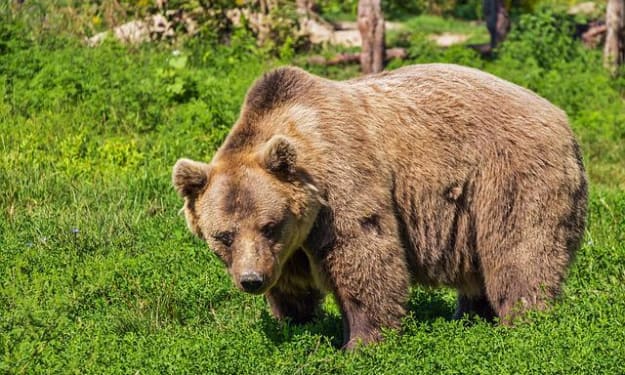How To Find Shelter When Stranded In The Wilderness
Do you know how to find shelter if you are stranded in the wilderness?

Imagine you find yourself stranded miles away from civilization.
Maybe you were hiking and got lost … or maybe you slipped into a river and are separated from your group. Regardless of how you got there, here are some tips for finding shelter.
Anytime you are stranded or isolated in the wilderness, one of your top priorities is to find shelter from the elements and predators before nightfall. The most important thing is shelter from the elements … sun in the desert … rain, snow, and wind pretty much everywhere else.
If you are in a hilly or mountainous area, consider the direction of the prevailing winds. If you can find a cave, that is best. However, any natural structure that blocks wind from its predominant direction is second best. If there is no wind right now, look for signs of excessive winds such as heavy foliage on one side of most of the trees with little or no foliage on the other, erosion on the rocks … perhaps one side is smooth or scarred by sand while the other is rough.
If you find a cave, check its surroundings before trying to enter.
Are there paw prints going in and out, is there a worn path in and out, are there any bones, nests, or feces around the entrance. If you see any of these signs, you might have an undesirable roommate now or later. Consider moving on …
If you pick the bottom of a rocky cliff, look for an indented area to stay, and look for loose rocks around the area. Loose rocks might indicate you are in danger of falling rocks. Also, if it’s snowy, don’t stay at the bottom of a cliff where the snow could avalanche or bury you.
If you are in a forest, the best place is in a clearing near fast running water. This scenario can provide you with loose brush so you can build a lean-to shelter, plus water for drinking, washing, and cooking as well as wood for a fire (for warmth, cooking, and signaling help). However, be sure you are not in the primary path animals use to reach the water … once again look for paw prints, worn vegetation, and other access ways animals might use.
Given a choice, you should be on the up-hill side of any body of water to avoid flooding issues, mud, and animals. Avoid areas too close to standing bodies of water such as ponds or small lakes; standing water breeds biting insects.
Also avoid staying at the top of a hill where you are most exposed to wind and rain. If you are in an extremely snowy mountainous area, minimize the potential for avalanche danger by staying on a ridge coming down the mountain instead of in a trough. Note, in an avalanche, trees will not protect you.
Once you have selected a location …
Once you have selected a location, you need to construct a shelter unless you have a tent or a cave. Even if you have a cave, you should grab some large sticks or brush to create a lean-to door for added protection. You can create a lean-to out of branches; don’t strip the leaves or pine needles off, they will add a layer of insulation. If you can find some vines (be sure they are not poison ivy or poison sumac), you can use the vines to bind the branches together for better protection against wind and snow.
If you were planning to be in the wilderness, hopefully you have a tent. But if not, you can build a lean-to out of a tarp and small pieces of cord or rope. Just put a handful of dirt in each corner of the tarp, and wrap it up like a small pouch of coins, tie the cord around the tarp to hold the dirt inside, and tie the other end of the cord to a nearby bush, tree, or large rock. You can also place large rocks on the corner of the tarp to help hold it in place.
If you are trapped in a lot of snow, remember the warmest place (assuming you don’t have a cave or a tent) is in the snow. Snow is insulative; you just need to keep it off your skin and you need to be out of the wind. If you can create a small cave in the snow, with a narrow opening for air, that will keep you the warmest.
About the Creator
Enjoyed the story? Support the Creator.
Subscribe for free to receive all their stories in your feed. You could also pledge your support or give them a one-off tip, letting them know you appreciate their work.






Comments
There are no comments for this story
Be the first to respond and start the conversation.